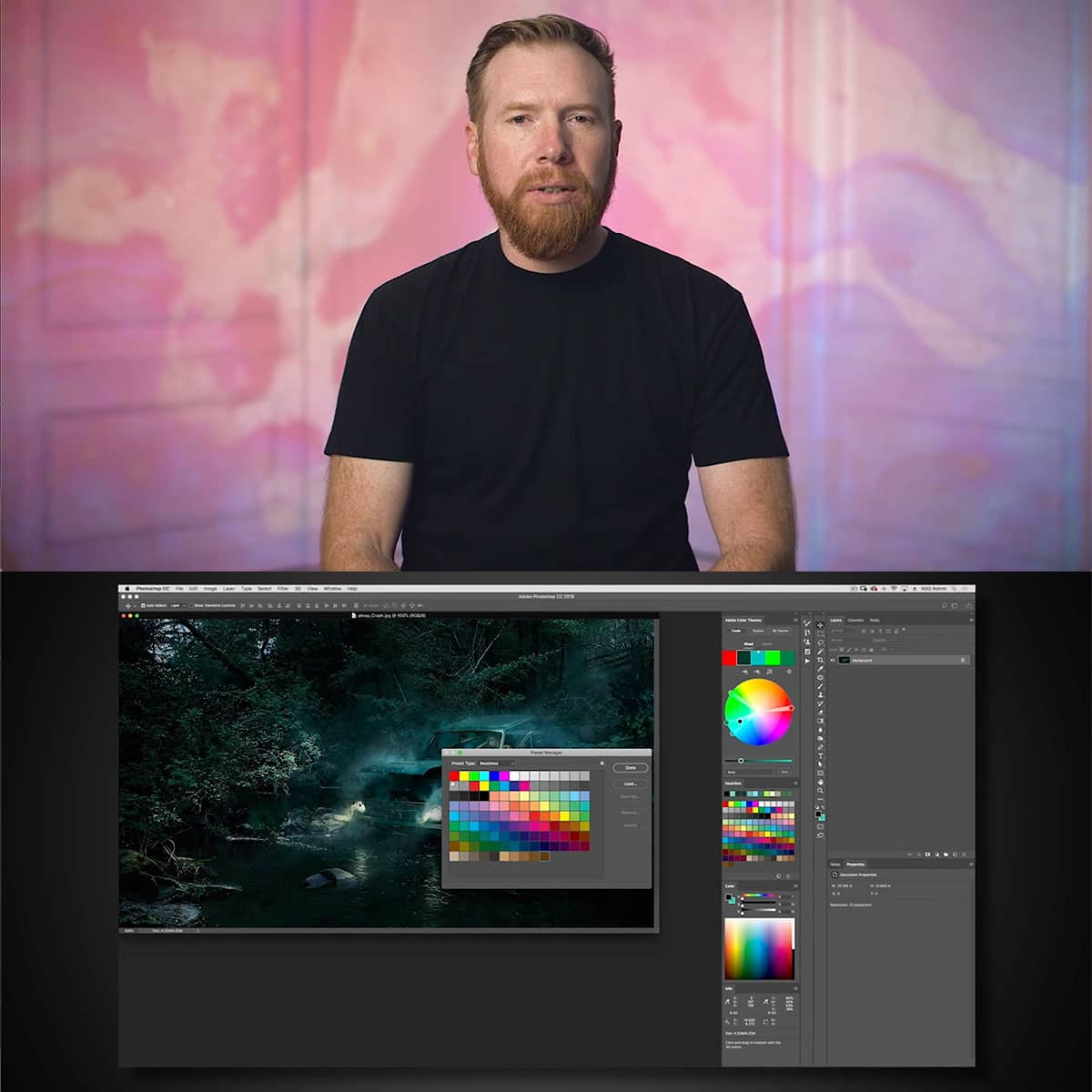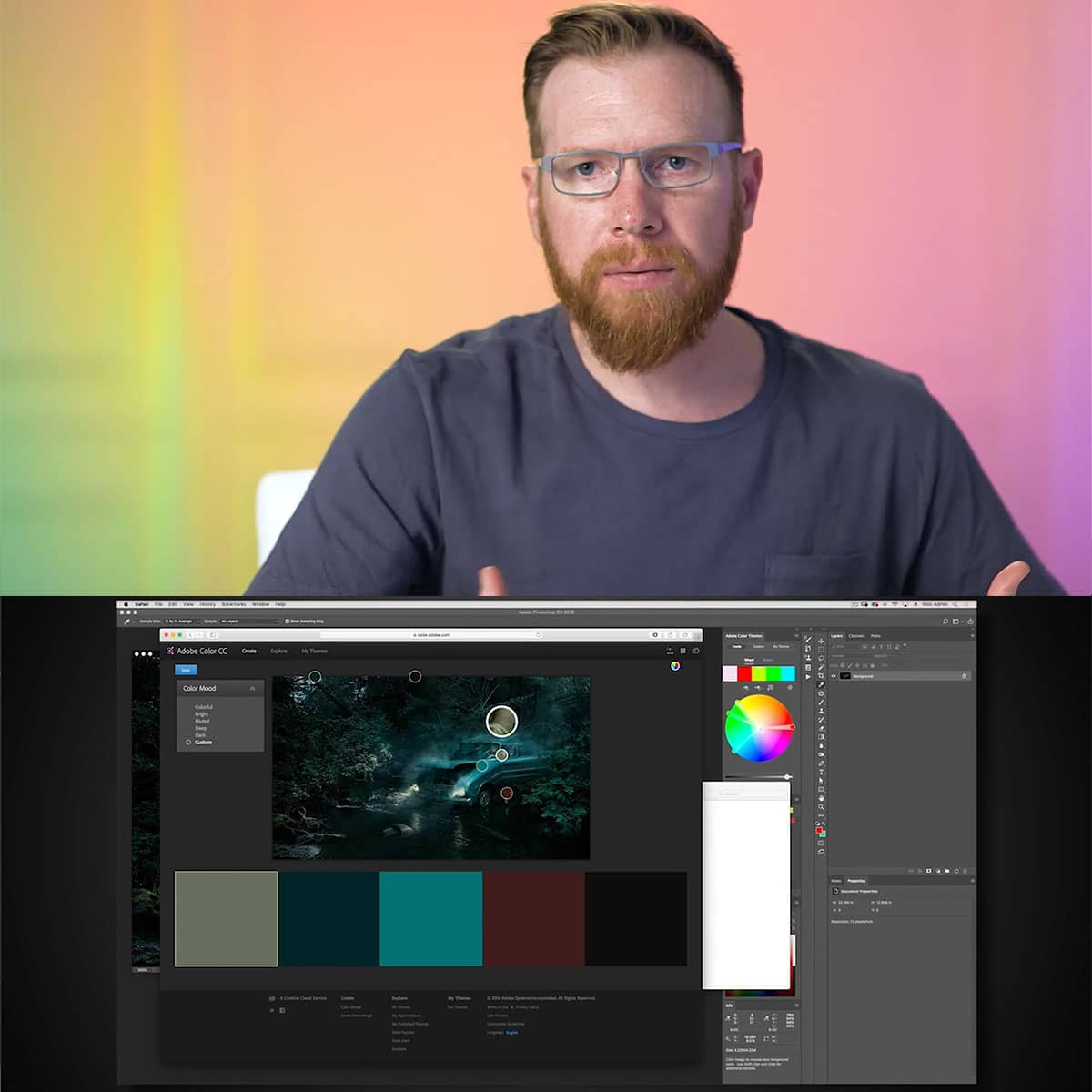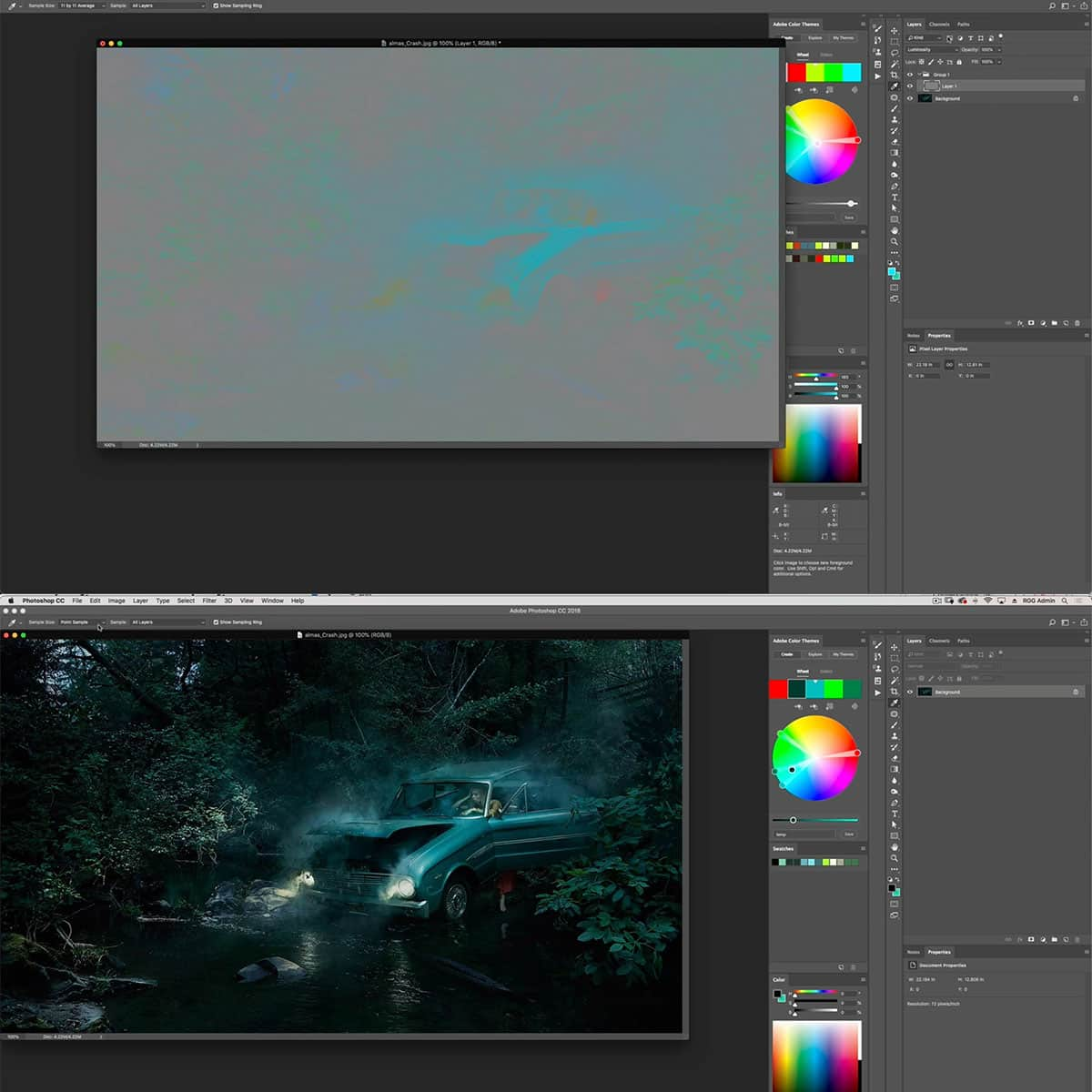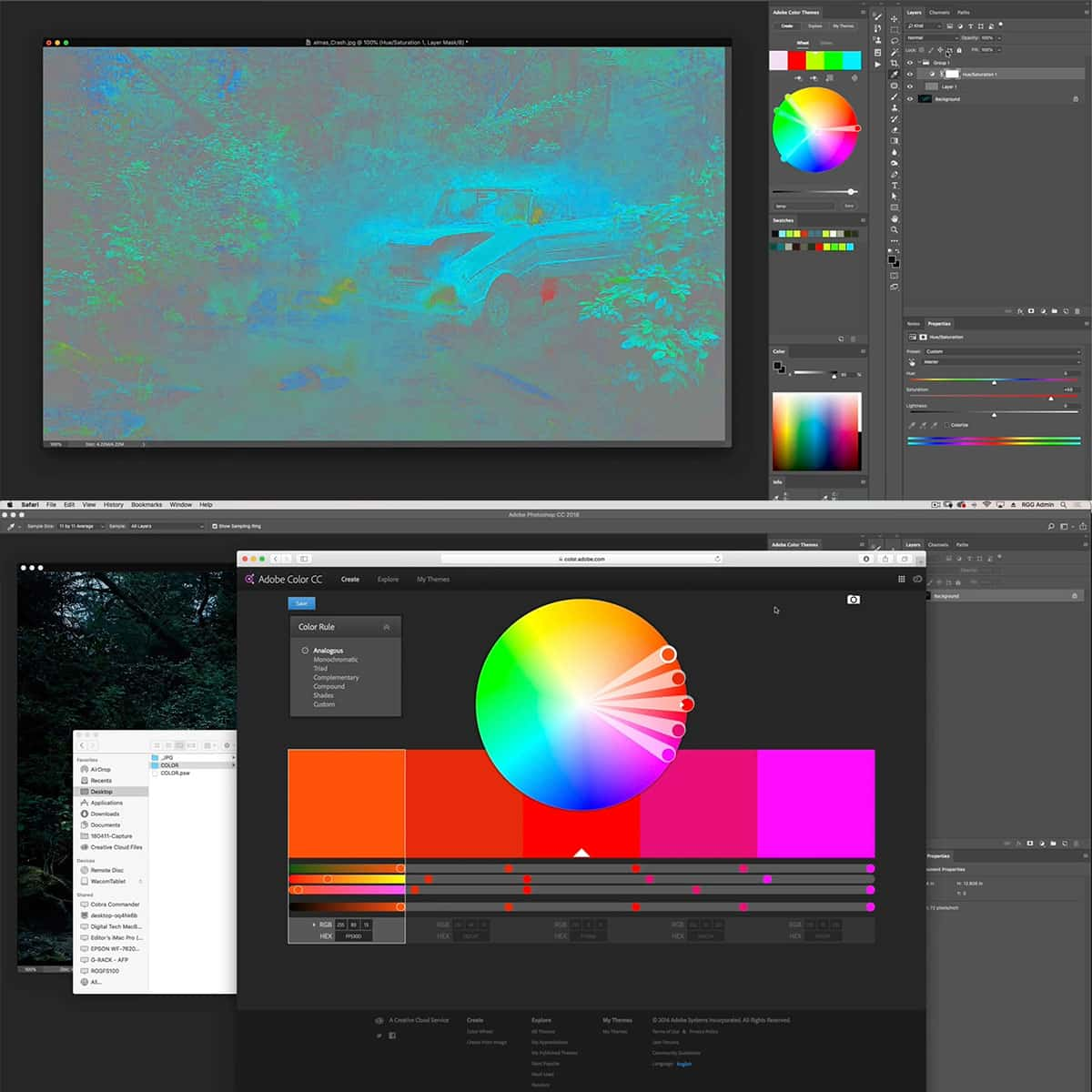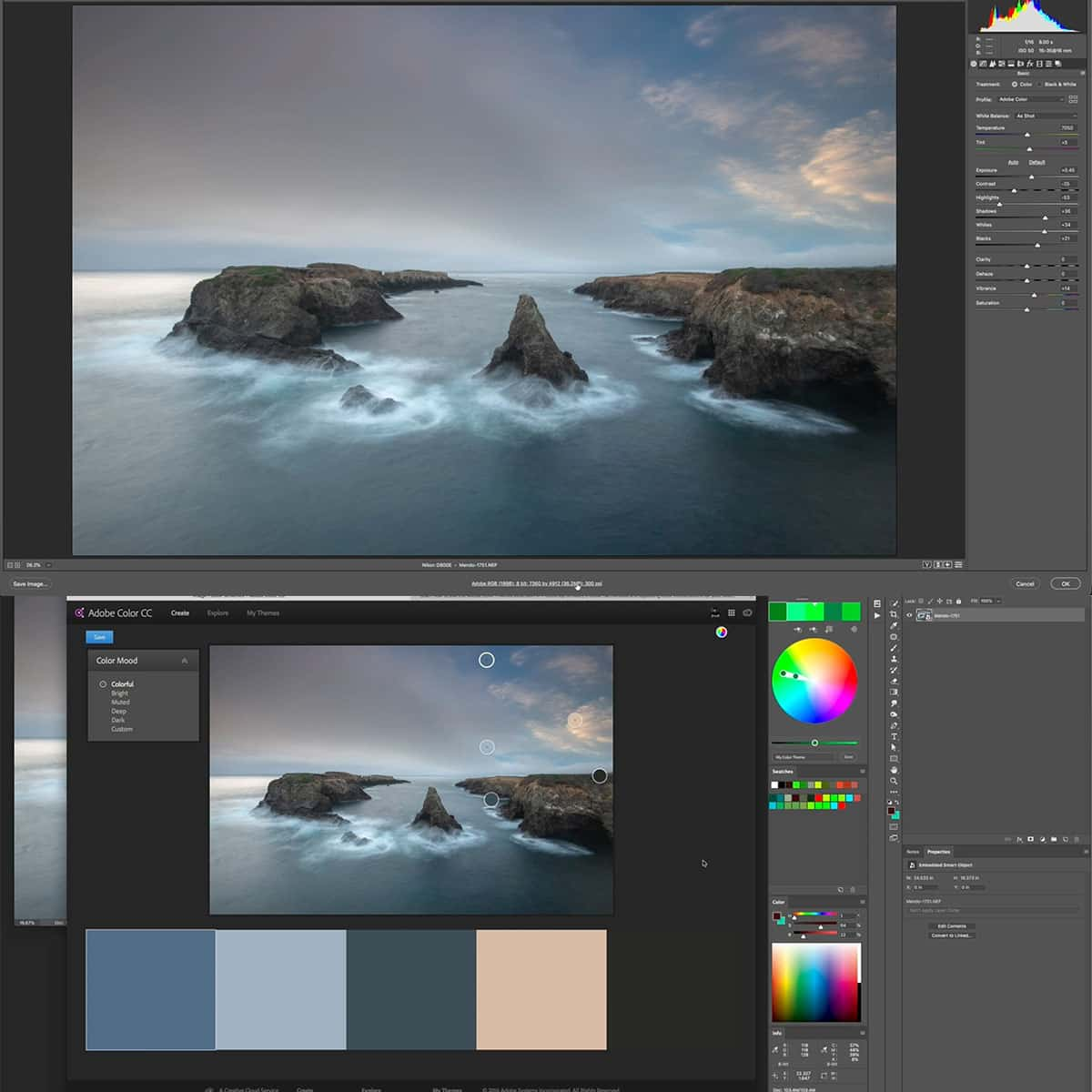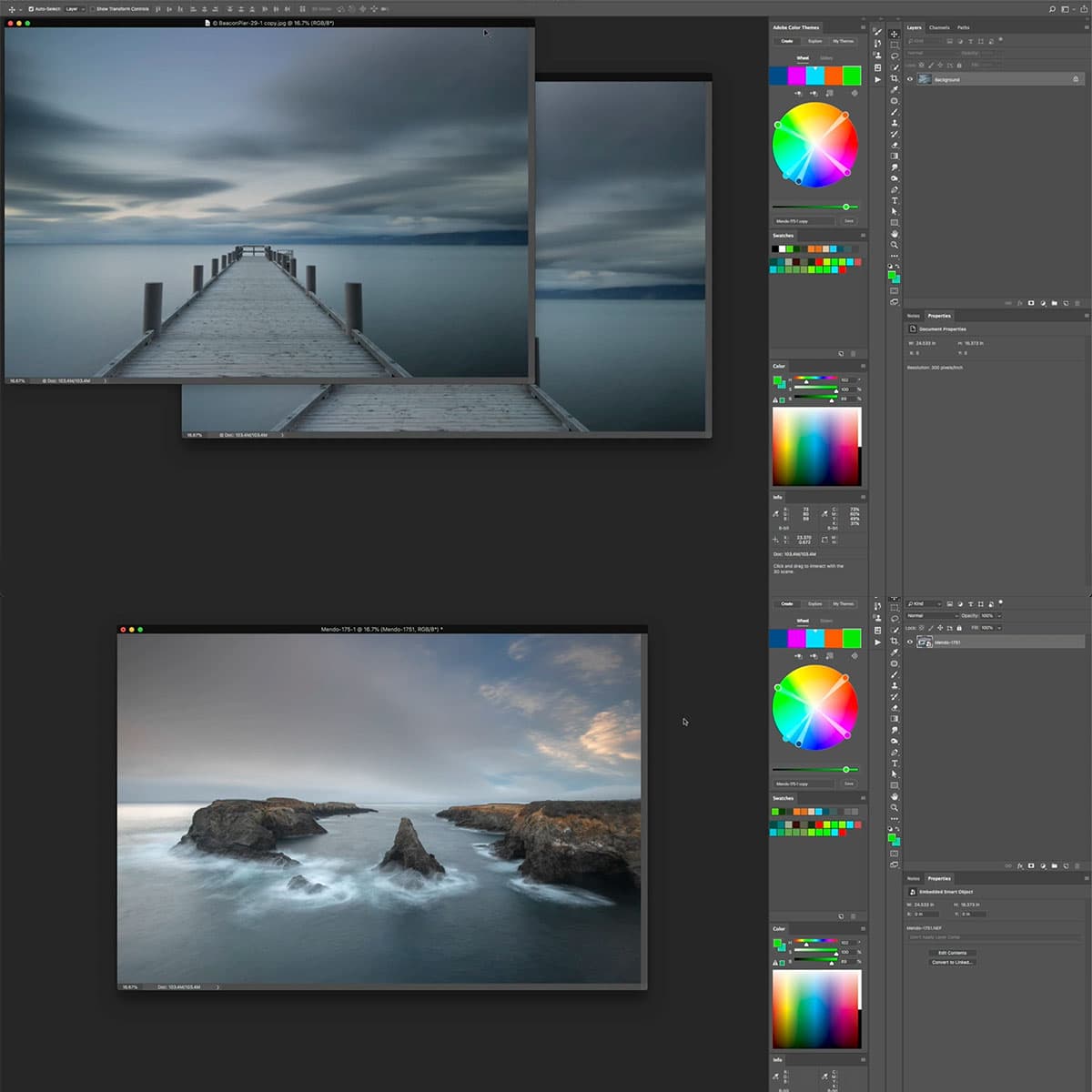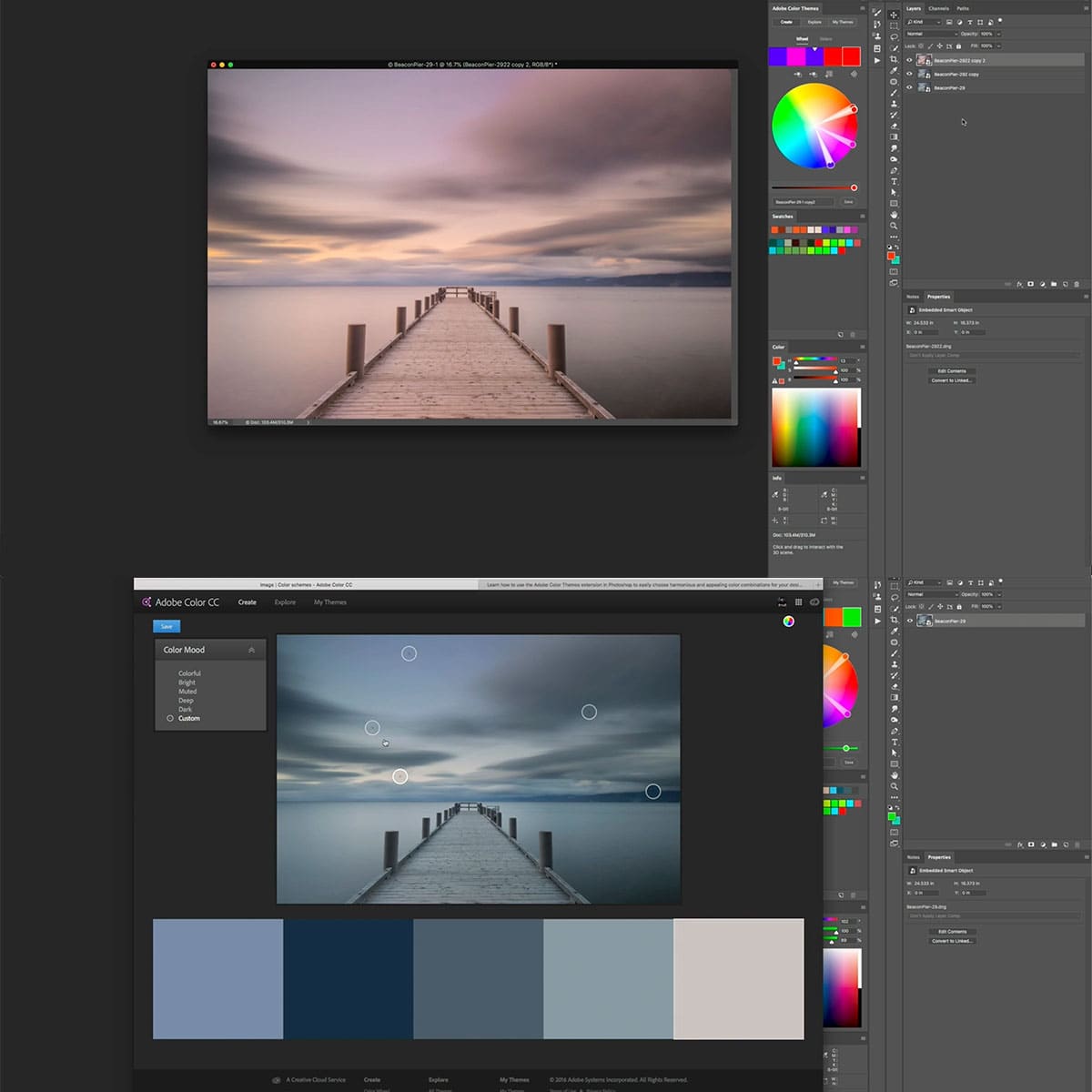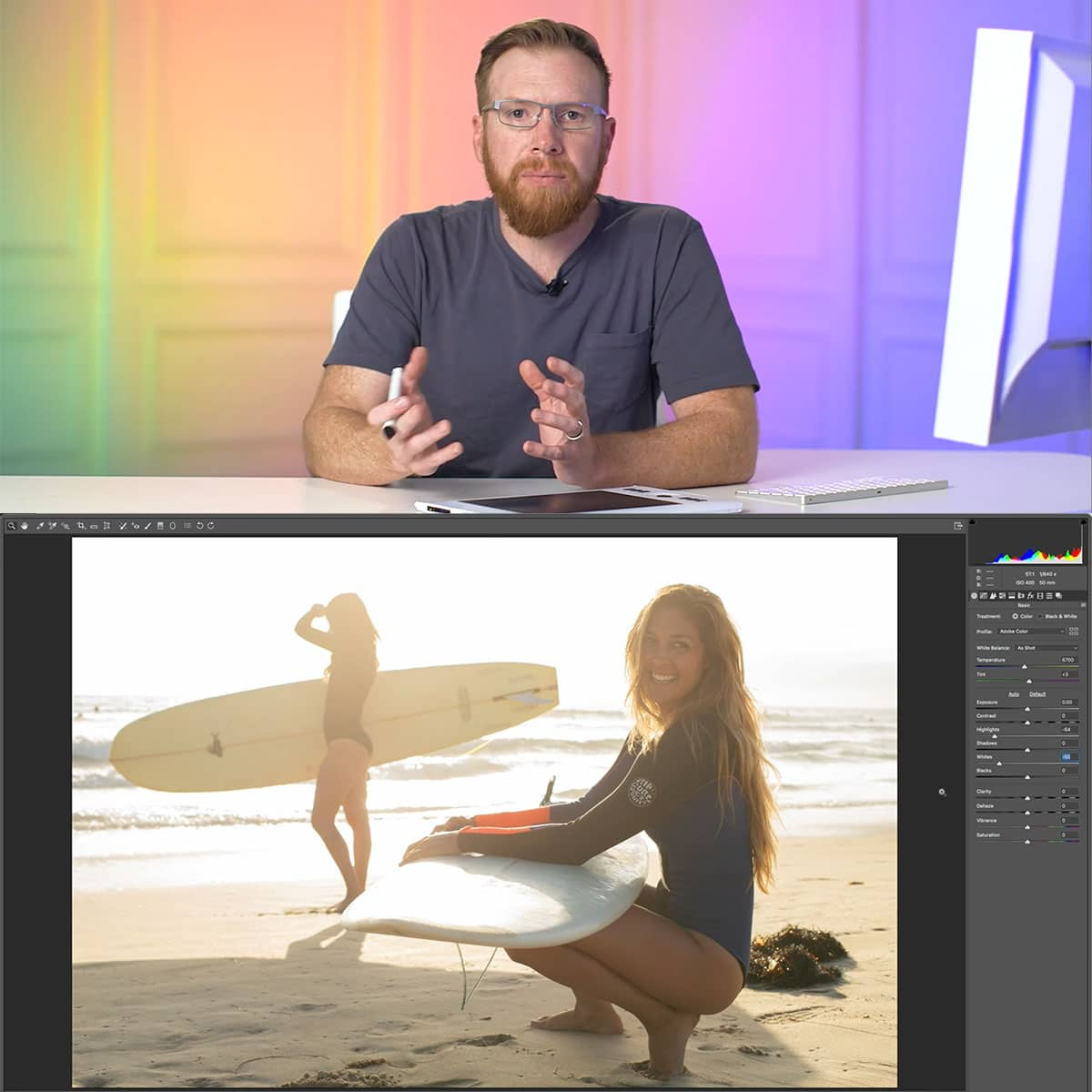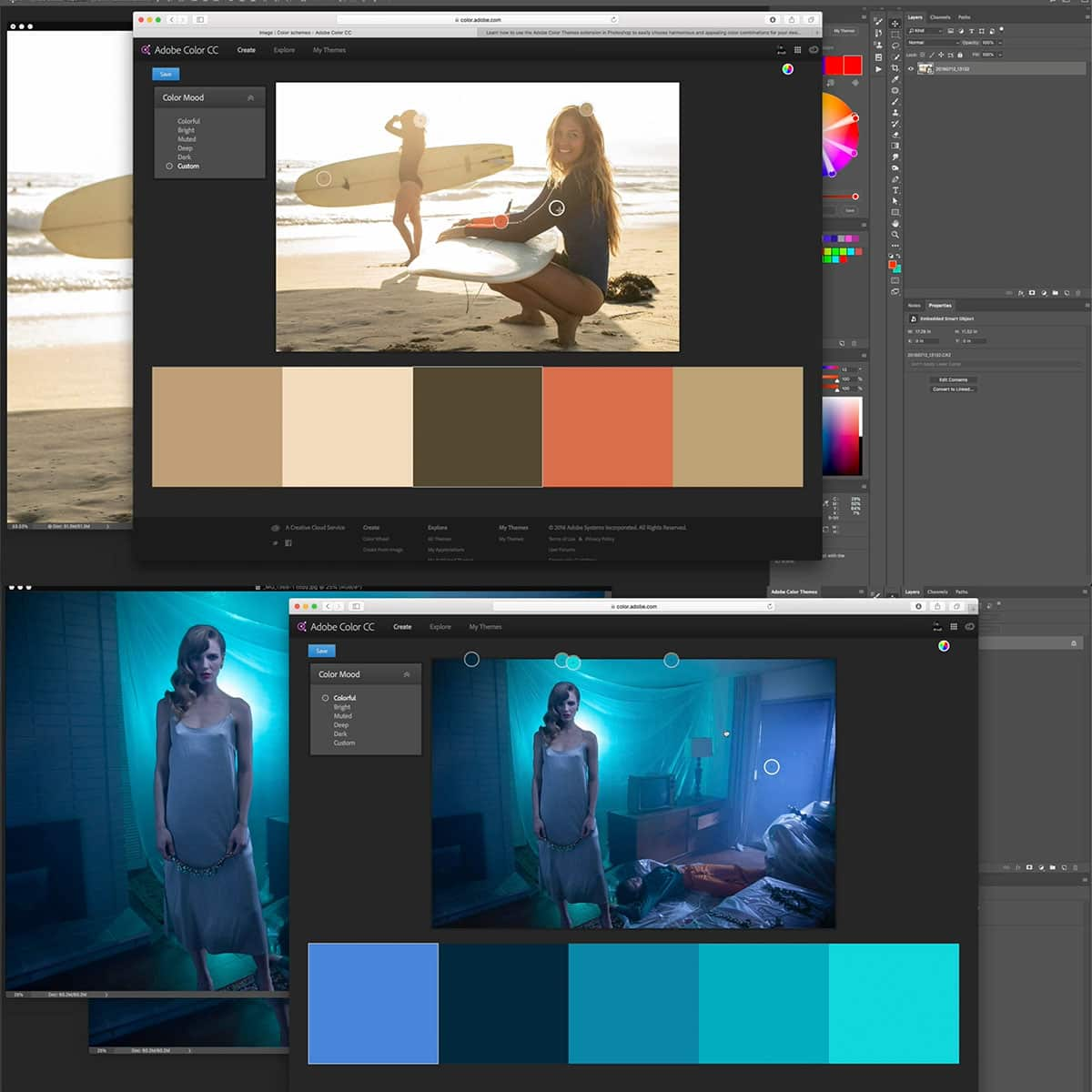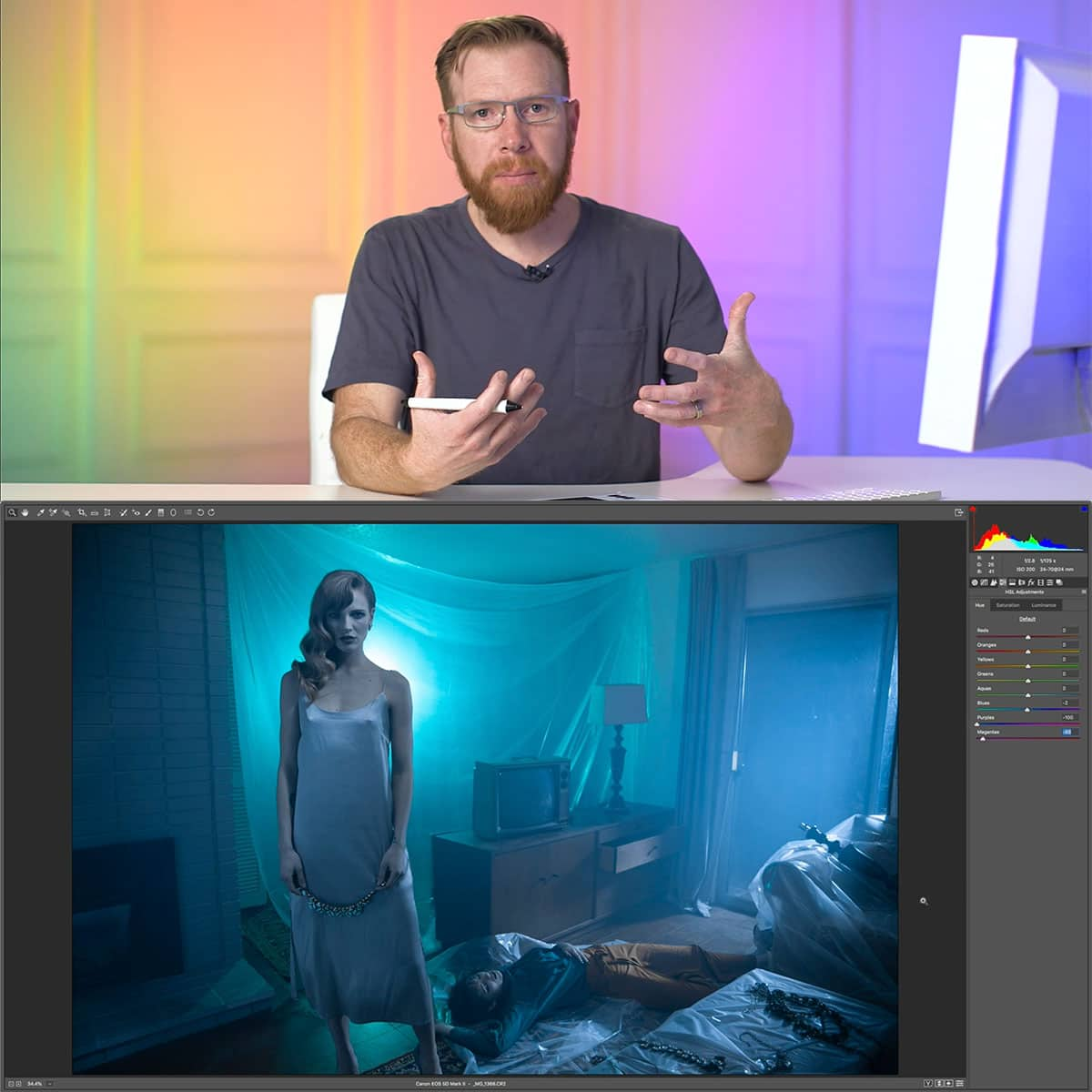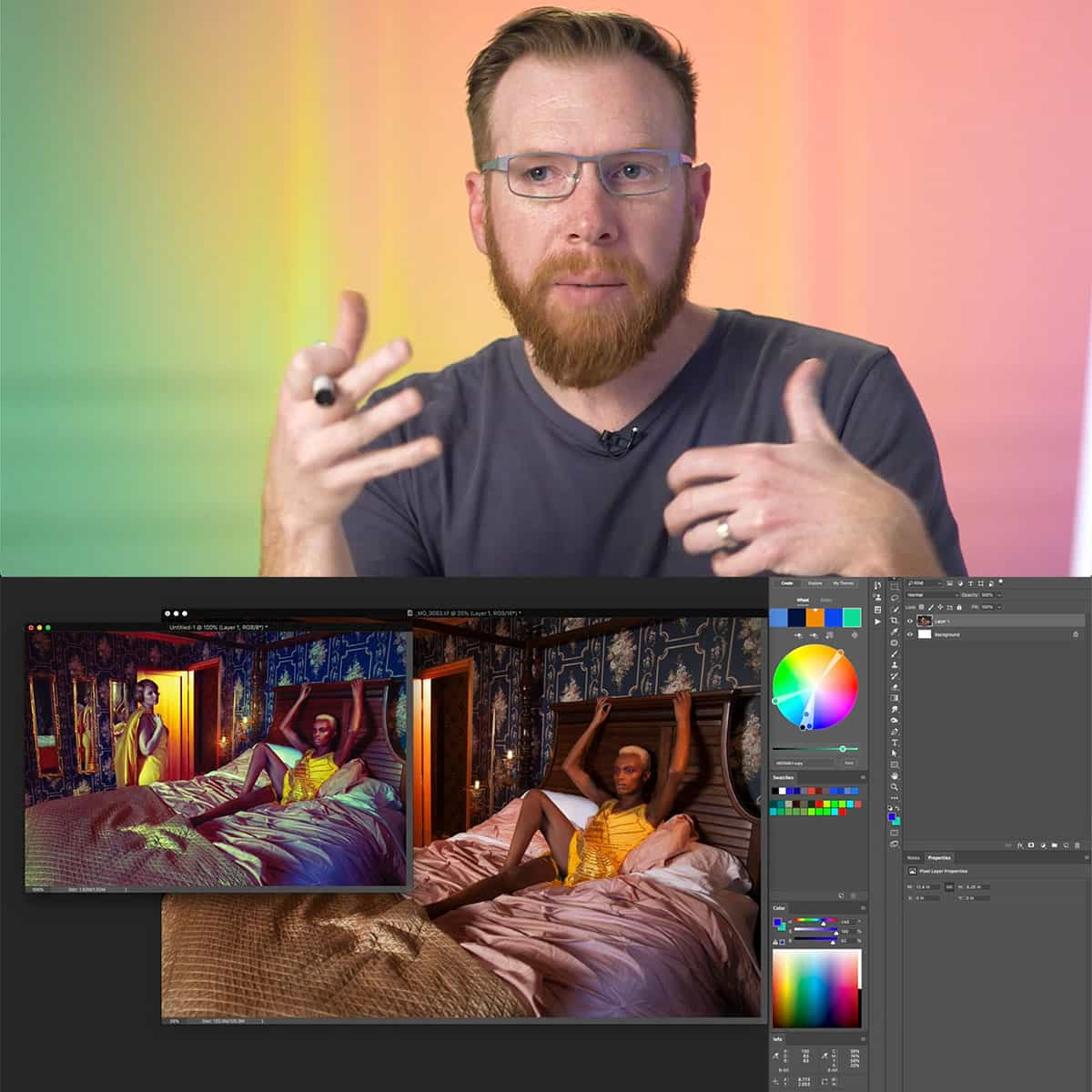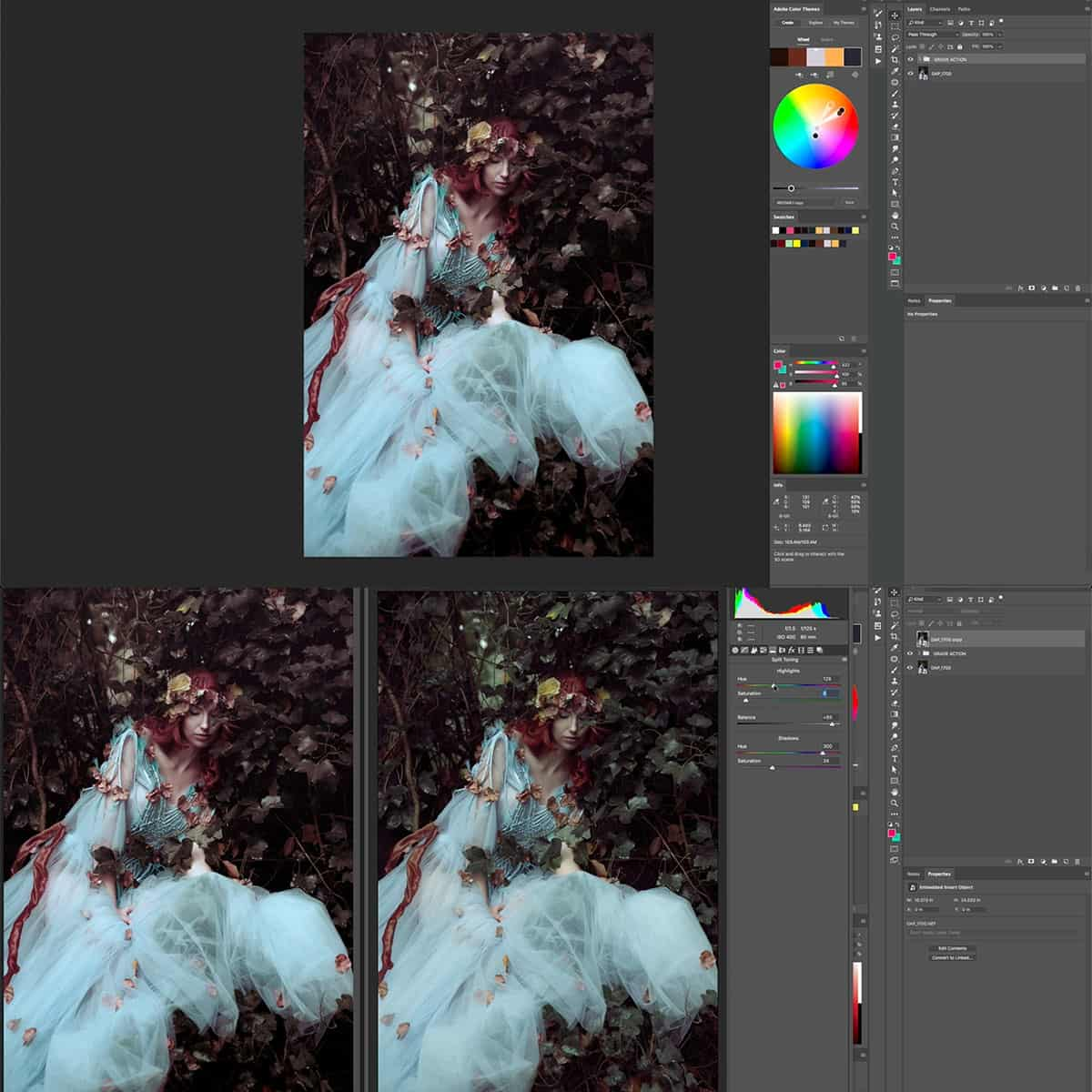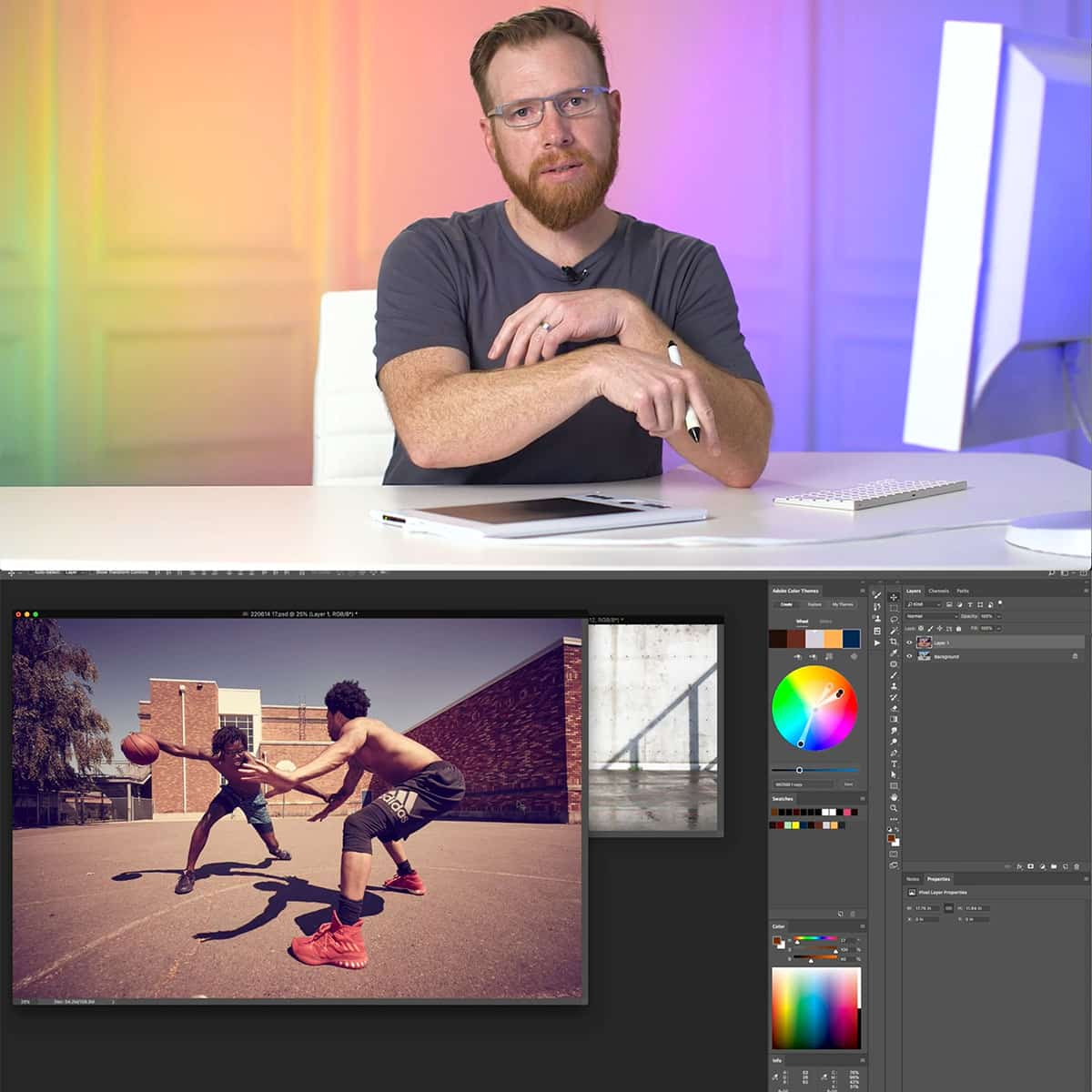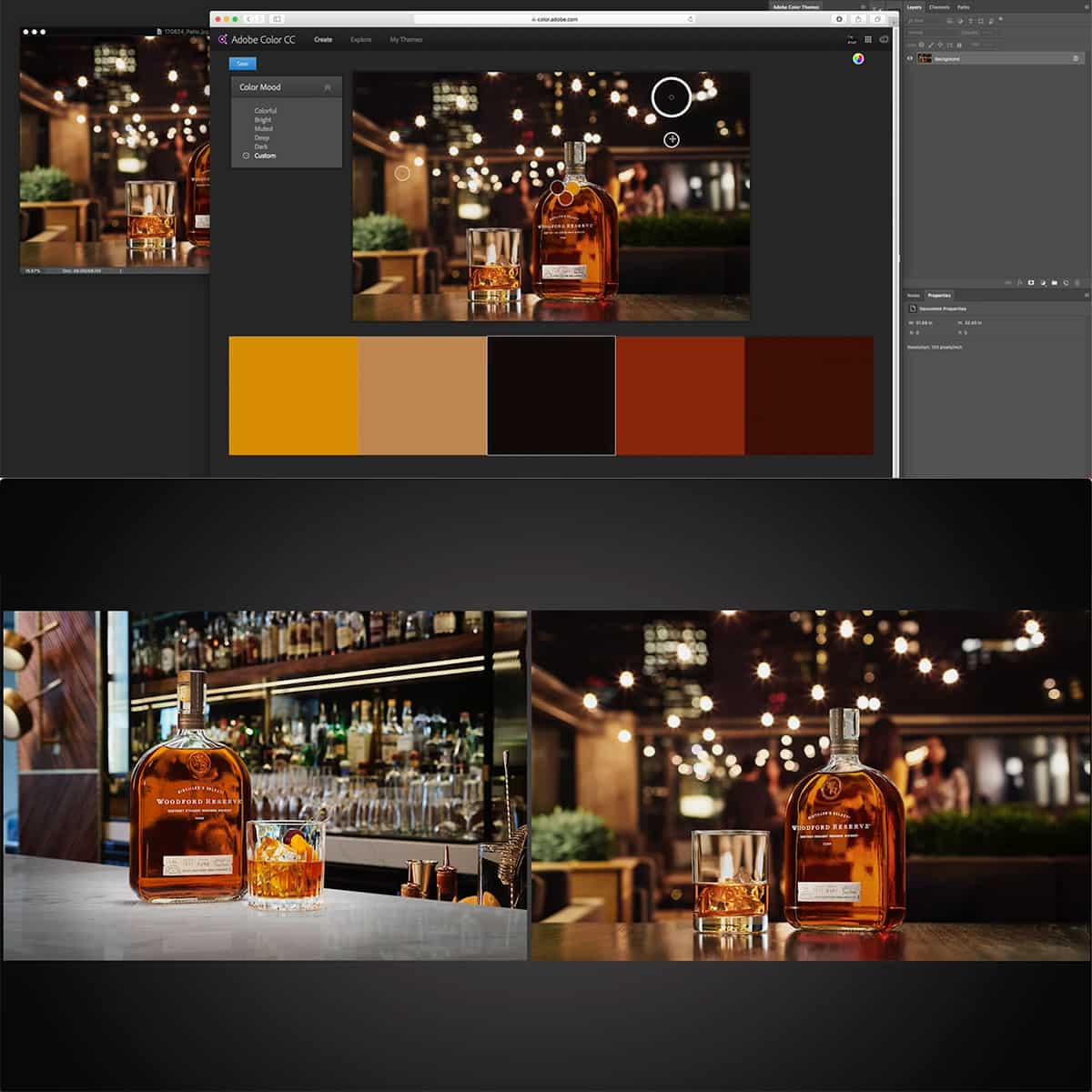Lens Flare: Harnessing Light for Artistic Photography Mastery
Lens flare is a fascinating phenomenon in photography where a bright light source enters the camera lens and scatters. This scattering can create various effects, such as spots, streaks, or even a washed-out haze overlaying the entire image. Many photographers seek to harness this phenomenon to produce artistic images that evoke a certain mood or atmosphere What Is Lens Flare Photography? Tips and Tricks for ... - MasterClass.
Control of lens flare can be mastered through a combination of understanding how and when lens flare occurs, as well as the practice of various techniques to intentionally produce the desired artistic result. With experimentation and practice, a photographer can learn how to use lens flare as a powerful artistic tool, transforming their photography and creating captivating images.
Key Takeaways
- Lens flare can be harnessed for artistic photography by understanding its nature and techniques
- Controlling and mastering lens flare allows photographers to enhance and add depth to their images
- Regular experimentation, practice and professional education can help photographers develop their creative lens flare skills
Understanding Lens Flare
Definition of Lens Flare
Lens flare is a photographic phenomenon that occurs when stray light enters the camera lens and interacts with the lens elements. This effect creates visually striking artifacts in the resulting image, which can be either pleasing or distracting depending on how it's used. Some photographers intentionally use lens flare to add an artistic touch to their photos.
Lens Flare Types
There are several types of lens flares, each with its own unique characteristics. Two common types are circular flares and anamorphic flares. Circular flares appear as a series of circles or rings radiating from the light source. Anamorphic flares, often seen in cinematography, create horizontal streaks of light that give a sense of depth and dimensionality. These flares are typically produced by anamorphic lenses.
Causes of Lens Flare
Lens flare is primarily caused by bright light sources directly striking the camera lens. The sun is the most common light source responsible for lens flare, but other sources like artificial lighting or the moon can also cause it. When a bright light shines directly into the lens, it bounces and scatters off the internal lens elements.
Improperly fitted or low-quality lens hoods can contribute to lens flare as well. These hoods are designed to block stray light from entering the lens, so ensuring that you are using the right one for your specific lens can help mitigate lens flare.
Controlling Lens Flare
Camera Settings
To control lens flare, one can adjust the aperture setting on their camera. A smaller aperture (higher f-stop number) can help reduce lens flare, as it limits the amount of light entering the lens. Additionally, the angle at which a photographer takes a shot can affect the flare. Experiment with different angles to find the optimal viewpoint that minimizes lens flare.
Use of Lens Hoods
Lens hoods are vital tools to minimize lens flare. Their design typically includes a tube or petal shape that extends from the lens, which helps block stray light from entering the lens. Make sure to use the correct lens hood for the specific lens you are using.
Lens Coating
Many modern lenses come with special coating on the lens elements to reduce lens flare. These coatings can decrease internal reflections within the lens, resulting in less flare. When purchasing a lens, look for specifications mentioning anti-reflective or multi-coated elements.
Filters
Using filters, such as Neutral Density (ND) filters, can also help minimize lens flare. ND filters reduce the amount of light entering the lens without affecting the colors, allowing the photographer to work with a larger aperture or longer exposure in bright lighting conditions.
- ND2 – 1 stop
- ND4 – 2 stops
- ND8 – 3 stops
- ND64 – 6 stops
Techniques
There are various techniques a photographer can use to avoid lens flare. One method is to use a lens cap or your hand to shield the lens from direct sunlight when not shooting. Another option is to position the subject between the camera and the light source, which can help prevent light from directly hitting the lens elements. Remember that practice makes perfect, and refining these techniques will lead to better control over lens flare in your images.
Creative Use of Lens Flare
In Cinematography
Lens flare has been used in cinematography to achieve a distinct and artistic effect. Many filmmakers harness flare to evoke emotions, highlight pivotal plot moments, and create a more immersive cinematic experience for the audience. From subtle enhancements to bold and striking visuals, lens flare can be a powerful tool for storytelling in film.
In Still Photography
In still photography, lens flare is a popular creative technique amongst photographers looking to add a unique, often dreamy or ethereal quality to their images. By intentionally positioning the camera to capture light sources at specific angles, photographers can generate a variety of colorful blobs and other interesting shapes within their photos. This can help create a sense of depth, dimension, and emotion, transforming ordinary images into captivating works of art.
Anamorphic Lens Flare
Anamorphic lens flare has become a signature look for many films and photos in recent years. These flares are typically horizontal, stretched, and often have a blue or purple hue, adding a distinctive appearance to the final images. By using anamorphic lenses, filmmakers and photographers are able to achieve this particular flare style, which has become synonymous with a cinematic and stylistic approach in both film and photography.
Software Manipulation
For those who wish to incorporate lens flare into their images during post-production, applications such as Adobe Photoshop and Lightroom offer a variety of tools to accomplish this. Artists can manipulate and enhance existing lens flare in their images or even create artificial flare effects from scratch. This provides a great deal of control and customization, allowing creators to achieve their desired visual impact with precision and ease.
Practical Tips and Techniques
Avoiding Unwanted Lens Flare
Sometimes, lens flare can be a technical issue for photographers and it's important to know how to prevent it. Firstly, make sure to use a lens hood when shooting in bright light. This will block stray light from entering the lens. Additionally, try adjusting the camera angle or your position to avoid direct sunlight hitting the lens.
Harnessing Lens Flare
In situations where you want to intentionally include lens flare for artistic purposes, there are a few tactics to try. Position the bright light source, like the sun or an artificial light, at the edge of the frame. Experiment with different apertures to control the starburst effect and the overall look of the flare. Using a smaller aperture creates a more defined starburst, while a larger aperture results in a softer flare.
Post-Processing Lens Flare
Once you have some lens flare images, enhancing them in post-processing might be desired. Boosting the contrast can help make the overall image stand out more. There are also plenty of editing tools and advanced photography courses available that can teach you to add, manipulate, or remove lens flare in post-production.
Frequently Mistakes
It's important to be aware of common mistakes when working with lens flare. One such error is overexposing the image, as the bright light source can easily cause this issue. Using Neutral Density Filters can help you maintain proper exposure levels. Another mistake is placing the light source in an unflattering position, causing the flare to distract from the subject instead of enhancing the overall composition.
Frequently Asked Questions
What are the best camera settings for capturing lens flare?
To capture lens flare, use a smaller aperture, typically between f/8 and f/16, while keeping the light source within or near the frame. Manual mode is ideal for controlling the exposure. It's also helpful to decrease your shutter speed or ISO to balance the overall exposure. Shooting in RAW format allows for better post-processing adjustments.
How can lens flare be used creatively in photography?
Lens flare can add artistic drama and a sense of realism to your images. It can evoke mood, emphasize a light source, or enhance the atmosphere of a scene. Some photographers deliberately incorporate lens flare when shooting into the sun for a dreamy or vintage look. Experimenting with angles, compositions, and bright light sources will help you discover creative ways to use lens flare.
What causes different types of lens flare?
Different types of lens flare are caused by reflections within the lens and the shape of the lens aperture. For example, starburst effects occur when shooting a bright point of light at a higher f-stop, while veiling flare is a haze of light that can result from rays hitting the lens's front element. The number, shape, and position of reflections can vary depending on the lens construction and coatings.
How can you achieve lens flare on an iPhone?
Achieving lens flare on an iPhone is quite similar to using a camera. Shift the angles and position of your iPhone relative to a bright light source, such as the sun or artificial lights, to create flares and reflections. You can experiment with different environments and times of day to see how the light interacts with your iPhone camera lens.
What are some techniques to add light flares in post-production?
There are various post-production software and tools for adding light flares to your images. Photoshop, Lightroom, and dedicated plugins offer lens flare filters and overlays that give you control over the intensity, color, positioning, and opacity of artificial flares. Some photographers prefer adding flares in post-production as it provides more flexibility and creative control, compared to capturing flares in-camera.
How does ghosting in photography relate to lens flare?
Ghosting is a type of lens flare that appears as colored or translucent artifacts in photographs. It's caused by internal reflections within the lens, particularly when capturing a scene with strong light sources. Ghosting can be minimized by using lens hoods, high-quality lenses, or adjusting the angle and composition of your shots. Experiment with these techniques to control and utilize lens flare and ghosting for creative purposes.





